The Everest Base Camp, Chhukung Ri and Gokyo Ri – 18 Days trek in the Himalayas of Nepal is an unforgettable journey through a land of stunning natural beauty and rich culture. Tucked in the southeastern part of the country. A region where the mighty Himalayas, pristine glaciers, and towering cliffs surround the landscape. The region is home to some of the hardiest and most hospitable people in Nepal, including the legendary Sherpas who have helped countless mountaineers reach the summit of Mount Everest.
The trek takes you through the serene Khumbu region in the Sagarmatha National Park, offering breathtaking views of Gokyo Ri (5357m) and Kala Patthar (5550m), as well as other colossal peaks such as Mount Everest (8848m), Mt Lhotse (8516m), Mt Makalu (8485m), and Cho-Oyu (8201m) and other several high peaks. The region is also rich in wildlife, with Musk deer, Himalayan mountain bear, wild mountain goat, Snow Leopard, blue sheep, Langoor monkey, mountain hawk, and the gloriously colored pheasant (Lophophores) all commonly sighted along the trail.
The trek starts with a short but exhilarating flight to Lukla from Kathmandu, followed by a trek to various villages and to Gokyo and Everest Base Camp. Here scale, the renowned Kala Patthar perched at an elevation of 5,550 meters offering some of the finest views of the surrounding peaks and landscapes, visit the Gokyo Ri and Chhukung Ri.
The Alpine Club of Himalaya’s Everest Base Camp, Chhukung Ri and Gokyo Ri – 18 Days trek is designed to provide trekkers with a more diverse experience of the region, going beyond the traditional Everest Base Camp trek. The trek offers many vantage points for photographers to capture the essence of this region, making it a popular choice for nature lovers, adventure seekers, and photographers alike.
Overall, the Everest Base Camp, Chhukung Ri and Gokyo Ri – 18 Days trek is a truly unforgettable journey that offers trekkers an immersive experience of the Himalayas of Nepal, combining stunning natural beauty, rich culture, and unique wildlife. With its diverse landscapes and breathtaking views, it is no wonder why this trek is a must-do for anyone looking to explore the beauty of the Himalayas. Join us at Alpine Club of Himalaya – the walk of the Himalayas and experience Nepal like never before.
Entry Permits and Requirements:
The Everest Base Camp, Chhukung Ri and Gokyo Ri Trek requires two permits:
1) Sagarmatha National Park Entry Permit and
2) Khumbu Rural Municipality Entrance Permit.
The Nepal Tourism Boards office in Kathmandu or the park’s entrance gate in Monjo can provide you with Sagarmatha National Park Entry Permit for NRS 3000.
The fee for citizens of SAARC nations is NRS 1500.
You must complete the permit application and present your passport or a copy of your passport. You must be in Lukla to obtain the Khumbu Pasang Lhamu Rural Municipality Entrance Permit. The permission costs NRS 2000 and may be acquired at the rural municipality counter on the outskirts of the settlement.
You won’t have to worry about waiting for permits since the Alpine Club of Himalaya or our guides will take care of everything.
You will like this: Everest Base Camp Trek: A Comprehensive Guide to Trekking in the Himalayas
Important Note:
Your safety is of paramount importance to us at the Alpine Club of Himalaya. We have the absolute authority to cancel the trip or change the itinerary, when deemed necessary or when we have reason to believe your safety is at stake. Weather conditions, the health condition of a group member, natural disasters, and such, can contribute to changes in the itinerary when traveling in remote mountainous regions. In these extreme situations, we kindly request that you offer your full co-operation to the trusted leader of the group appointed by the Alpine Club of Himalaya. However, we assure you that we will make every effort to keep to the above itinerary.
Trip Facts
Itinerary
Upon arrival at the Kathmandu, Tribhuvan International Airport. A representative from the Alpine Club of Himalaya will assist you with your accommodation. Upon arriving at your hotel, rest for a while. In the evening join in for a special dinner program where you will experience excellent Nepalese cuisine.
Overnight at Hotel.
Meals: welcome dinner
After breakfast head towards the domestic airport and catch a flight towards Lukla. Lukla is regarded as the gateway to the Everest region. The thrilling flight will take you flying amidst the grand Himalayas. Upon landing at Lukla and after a brief stop, start your trek.
Following the descending trail, you will reach the village of Cheplung, from the village, witness the view of Mt. Khumbila known as the God of Khumbu. The sacred peak is prohibited to climb, making it one of the unclimbed peaks in the region. From Cheplung, continue the trek along lush woodland on a descending trail toward Phakding.
Overnight: Tea House
Meals: Breakfast, Lunch, Dinner
Today you will be heading towards Namche Bazaar. The Sherpa capital and economic hub of the region, where you can find basic to grandeur amenities. Start your trek traversing across the dense wilderness of the Khumbu region. Crossing through the hamlet of Zamphute and Tok Tok.
Following uphill and downhill trails and crossing multiple suspension bridges over the rapids of the Dudh Koshi River. Along with this section witness the magnificent view of Mt. Thamserku (21,675ft) and you will pass the settlement of Benkar and Chumoa.
As you progress from here you will reach the Sagarmatha National Park entrance at Monjo. After your permits are checked, head on an uphill climb towards Namche Bazaar following a steep path over a high bridge with views of the Dudh Koshi River gorge. As, you gain elevation witness views of Everest, Lhotse, Tawache, and other mountain giants. Upon reaching Namche head towards your accommodation and rest.
Overnight: Tea House
Meals: Breakfast, Lunch, Dinner
Today is your acclimatization day. At higher altitudes due to the presence of thin air proper acclimatization is very important for your body to adapt. The settlement has various vantage points perfect for acclimatization hikes.
Before dawn head out to witness the Himalayan sunrise strolling around the village. After breakfast head towards the settlement of Khumjung. Start by traversing a U-shaped hill above Namche Bazaar. Along the way witness grand views of the Kwangde, Khumbila, Thamserku, Tagi Tau, and Pharchamo, the tip of Ama Dablam and Taboche. As you progress you will reach an intersection from here take the right trail. Following the trail, you will walk past a large Chorten and a series of mani walls, which leads you to “THE EVEREST VIEW HOTEL”. One of the highest-located hotels on the planet. At the hotel have your lunch with views of Lhotse and Lhotse Shar ( East ) peak, Thamserku, Ama Dablam, and Taboche.
After lunch head towards the Khumjung School established by Sir Edmund Hillary. Next head towards the Khumjung Monastery which stands magnificently in a grove of cedar in the upper part of the village where there is an image of the Guru Padmasambhava, who helped establish Buddhism in Tibet, flanked by his two consorts. Inside the gompa is a preserved skull that lamas believe is that of the yeti. After exploring the monastery head towards Namche and soak in the views of the sunset from the porch of your tea house.
Overnight: Tea House
Meals: Breakfast, Lunch, Dinner
After breakfast start your trek towards Tengboche. The first section of the trail takes you across an easy trail that cuts around the ridge from Chhorkung to reach the end of a bluff zone. From here witness, the grand panorama of the mountain peaks, from Thamserku to Ama Dablam, Lhotse, and the mighty Everest.
Following the trail, you will reach the village of Kyangjuma at an elevation of 3550 meters. From Kyangjuma after a short walk, you will reach an important trail junction at Sanasa from where take the trail towards Lawichasa which runs gently downhill towards the river. Along this section witness, a picture view of the thumb-like peak of Ama Dablam soaring into view above the trail. From Lawichasa a narrow trail branches north to reach Tashinga (3380m) and now the trail drops down on steep stone steps to Phunki Thenga (3250m) and then to a bridge.
From the bridge, the trail climbs past some water-powered prayer wheels and begins a sustained climb through a forest of tall, mature rhododendrons. Along this section keep an eye out as you may witness the wildlife of the region. As you progress out of the deep wilderness you will reach a Kani gate and a pair of Chortens, which marks the starting of Tengboche village. The village is nestled across a wide, grassy saddle below a crescent-shaped ridge covered by scrub pines and rhododendrons. The focal point of Tengboche is the famous Tengboche monastery. After checking in head out to visit the Tengboche monastery.
Overnight: Tea House
Meals: Breakfast, Lunch, Dinner
Following the downhill trail, covered with a deep forest of conifers, birch, and rhododendrons you will reach Debouche. From here cross the raging Imja Khola and follow the trail towards the Imja Valley. Following the trail, you will reach the village of Pangboche nestled at an elevation of 3900 meters, which is the highest permanent settlement in this valley.
From this point, the tree line disappears and you will be traversing high mountain country with arid landscapes. Following a ledge above the river, the trail crosses a wooden bridge at the confluence of the Khumbu and Imja Khola. A short steep climb brings you to Dingboche, at 4530m. Dingboche is a summer settlement and from here witness grand views of the great peaks of Ama Dablam, the ridge of Nuptse-Lhotse, Tawoche, and Cholatse.
Overnight: Tea House
Meals: Breakfast, Lunch, Dinner
Today is your second day of acclimatization. Before dawn head towards any vantage point and witness the grand views of the sunrise. After lunch head towards Nangkartsang Peak, one of the most spectacular viewpoints of the Khumbu region. The ascent is easy with no technical difficulties, but the altitude can be a problem so take it slow and have frequent rest.
Upon reaching the summit witness the grand views of the landscape. The wide Imja valley, majestic views of Mt. Makalu (8,463m), Lhotse (8,749m), Cho Oyu (8,201m), Island peak (6,189m), AmaDablam (6,812m), Kangtega (6,782m), Thamserku (6,623m), Taboche (6,542m), Cholatse (6,440m), endless other peaks and the Imja Glacier. After exploring around and soaking in the tranquil energy retrace your steps back towards Dingboche.
Overnight: Tea House
Meals: Breakfast, Lunch, Dinner
On today’s trail to Lobuche, you’ll find yourselves in the lap of the Himalayas with mountains on all sides capturing your imagination, you’ll pass through Dusa where you’ll see herdsmen’s uninhabited stone huts, from here head towards Dughla and then to Chupki Lhara where you’ll see large heaps of stones with prayer flags a memorial for the mountaineers who perished on a mission to climb Mt. Everest and other peaks around the region. After a brief ascends, you’ll get a view of Chola Lakes' pristine blue waters. From Chupki Lhara, the trail descends to the Khumbu glacier moraine walk alongside the three great peaks-Khumbutse, Lingtren, and Pumori. A final stretch along a murmuring stream and you’ll reach the settlement of Lobuche.
Overnight: Tea House
Meals: Breakfast, Lunch, Dinner
Today’s trek is long, and tuff so starts early, the first part of the trek takes you past high Himalayan pasture lands and grassy terrains with rocky and scattered boulders, all along you’ll witness views of snowy walls of lofty mountains ahead. The 60 meters/200 feet ascent takes you to the top of the lateral moraine wall of the Changri glacier, to a leveled spot called Thangma Riju from where you’ll witness a spectacular 360-degree panorama view of the Himalayan giants of Taboche, Lobuche, Pumori, and the rest of Mahalangur Himal peaks, along with views up to Tibet and Nuptse on the eastern horizon.
The trail from here crosses the moraine of the Changri Glacier and later joins the Khumbu glacier from the west, you’ll have to traverse on the steep stony slopes to reach Gorak Shep so take extra caution. As you reach Gorak Shep you’ll catch our first glimpse of Kala Patthar.
From Gorak Shep leave your heavy backpack and move towards Everest Base Camp walking alongside the banks of shallow blue waters of Gorak Shep Lake, with views of the Changtse peak, and the Lho La peak in close proximity. Cross through glaciers, icefalls, frozen pools of meltwater, exposed icy walls, and large boulders towards the Everest Base Camp. After exploring the base camp and descend back to Gorak Shep for the night.
Overnight: Tea House
Meals: Breakfast, Lunch, Dinner
Today wake up before dawn and head towards the famous vantage point of the Khumbu region, Kala Patthar at an elevation of 5545 meters. Apart from the altitude, the climb is non-technical.
Upon reaching the summit basking in the views of Everest, Pumori, Nuptse, Changtse, Ama Dablam, Taweche, Kantega, Lhotse, and even Everest base camp snuggled at the base of the Khumbu Ice Fall. After spending a brief time at the summit retrace your steps back to Gorakshep.
Upon reaching Gorak Shep and after a brief rest head onward to Dzongla, at the base of Cho-La Pass.
Overnight: Tea House
Meals: Breakfast, Lunch, Dinner
After an early start breakfast, head to Thangnak. The path will take you westward from Dzongla and makes its way towards the formidable Cho-La Pass, situated at an altitude of 5420 meters.
The ascent towards the highest point of the valley will be a test of your endurance and strength.
However, the stunning views of Chola Lake and Mt. AmaDablam will make it all worth it. The climb will be challenging, as the rocks may be icy and rugged, but the exhilaration of reaching the top of the pass will be unmatched. After relishing the spectacular scenery, we will make our descent toward Thangnak.
Overnight: Tea House
Meals: Breakfast, Lunch, Dinner
Today you will be heading to the charming village of Gokyo, nestled at the foot of the imposing Mt Gokyo. The trail promises to be an exciting journey, filled with awe-inspiring views of towering mountains.
As you start the trek, you will continue uphill on a scenic trail that offers a spectacular vista of Tanjung Tsho Lake, nestled at an altitude of 4710m. Next the trail will take you along the edge of the Ngozumpa Glacier, the longest glacier in Nepal, stretching over 36 km. After crossing the glacier, you will be greeted by breathtaking views of Gokyo Lake. As you make your way towards the village of Gokyo, soak in the serenity and beauty of the surroundings.
Overnight: Tea House
Meals: Breakfast, Lunch, Dinner
Today you will be exploring the wonders of the Gokyo region. Before dawn witness the Himalayan sunrise. After breakfast head out to explore the series of Gokyo Lakes. The region nestles the world's highest freshwater lake system comprising six main lakes and associated wetlands of 7,770 ha (30.0 sq mi) which has been designated a Ramsar site. The lakes also have cultural significance and are visited by Hindu and Buddhist devotees at various festivals.
Meals: Breakfast, Lunch, Dinner
Accommodation: Tea House.
Next head towards Gokyo Ri the highlight of the Gokyo valley. Following an uphill section will lead you to the summit of Gokyo Ri, start by traversing across the stream on the northern end of the village and ascending for a couple of hours and you will reach the summit marked by a cradle of prayer flags. The climb is non-technical, but the altitude may be a problem for some, so take it slow and have frequent rest. From the summit, witness splendid panoramic views of Cho Oyu, Everest, Lhotse, Makalu, Cholatse, and Taboche, with the Ngozumpa Glacier cutting across in front like a massive tear in the landscape. Catch the views of a series of emerald, green lakes. After exploring the Ri and soaking in the majestic views retrace your steps back towards the village. Next, following the downhill trails reach the village of Dole.
After breakfast head out of Dole following the descending trails towards Phortse Thanga. Along this section traverse across the lush wilderness of rhododendron, oaks, and pines. Next soaking in the grand views of the Kumbila peak reach an intersection. From here following the deep wilderness trails with miles of undergrowth reach Namche Bazar. Upon reaching the settlement relax and rest enjoying the views around. Later head out to explore the settlement and visit the various pubs and restaurants around.
Meals: Breakfast, Lunch, Dinner
Accommodation: Tea House.
Today start walking out of Namche Bazaar on a downhill trail along the Dudh Koshi River route.
Before arriving in Lukla, cross multiple suspension bridges and pass through several ancient monasteries and settlements. Once you arrive at Lukla rest and later celebrate your last day in the mountains.
Meals: Breakfast, Lunch, Dinner
Accommodation: Tea House
After an early morning breakfast, head towards Lukla Airport and fly back to Kathmandu.
The picturesque flight from Lukla to Kathmandu seems like a delight, once you arrive at Kathmandu you’ll be driven to your accommodation. The valley has various tourist attractions, head out on a guided tour or explore the city on your own.
Later in the evening join in for a special dinner program to mark the end of your adventure with your guide and our representatives.
Meals: Breakfast, Lunch, Farewell Dinner
Accommodation: Hotel.
The contingency day is there in case the flight can't happen because of bad weather. If the flight does happen as planned, you can choose to explore the city on your own or join a tour to discover the Kathmandu Valley.
Meals: Breakfast, Lunch, Farewell Dinner
Accommodation: Hotel.
Today you’ll be returning back to your country. The Alpine Club of Himalayas representative will drop you at the airport three hours before your flight departs. If you prefer to stay longer, you can consult us for short tours such as game drives at National parks, rafting, mountain biking, Tibet, India, or Bhutan tours, etc.
Meals: Breakfast
Note: All of the above-mentioned trekking hours and distances are estimations and should only be used as a general guideline.









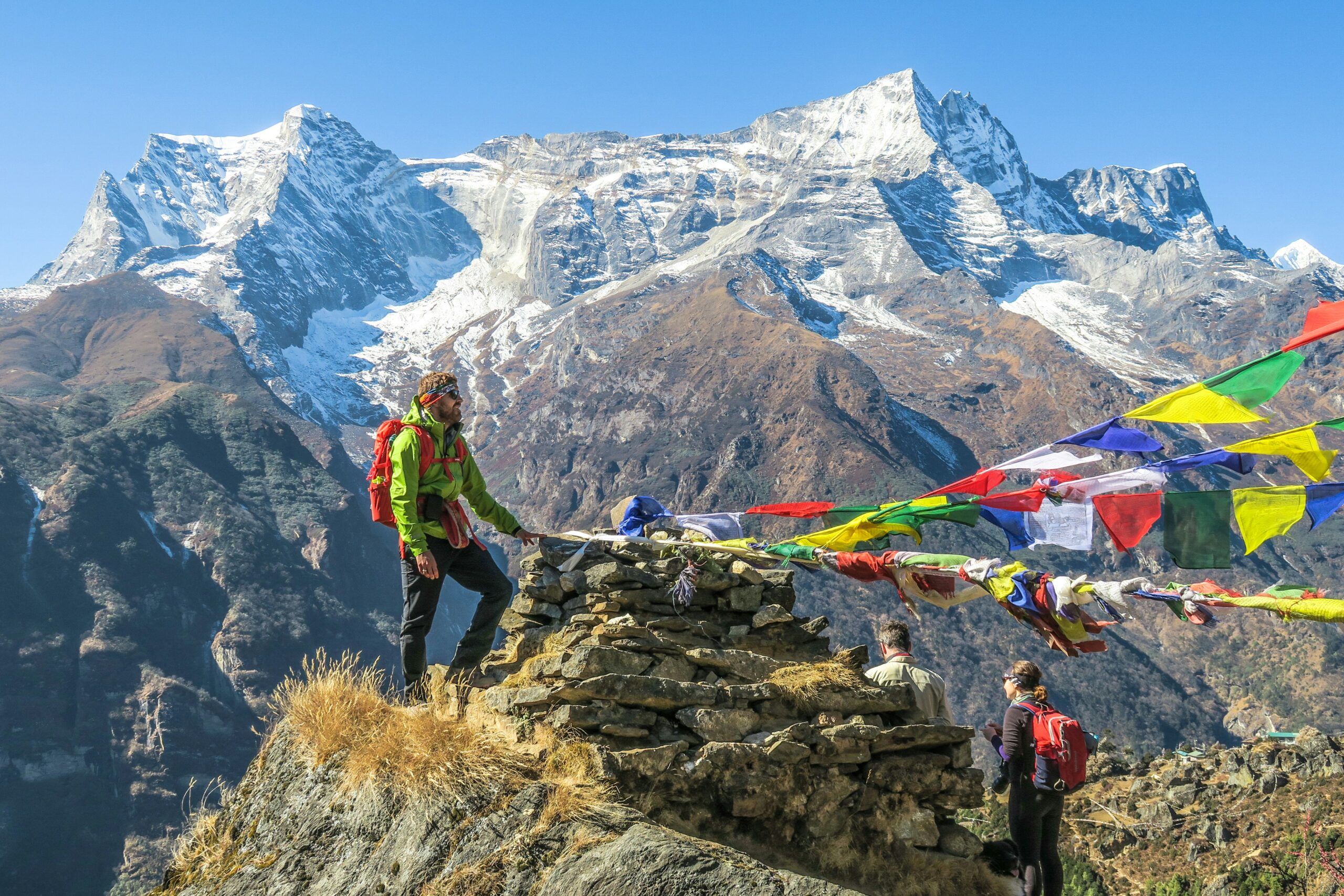
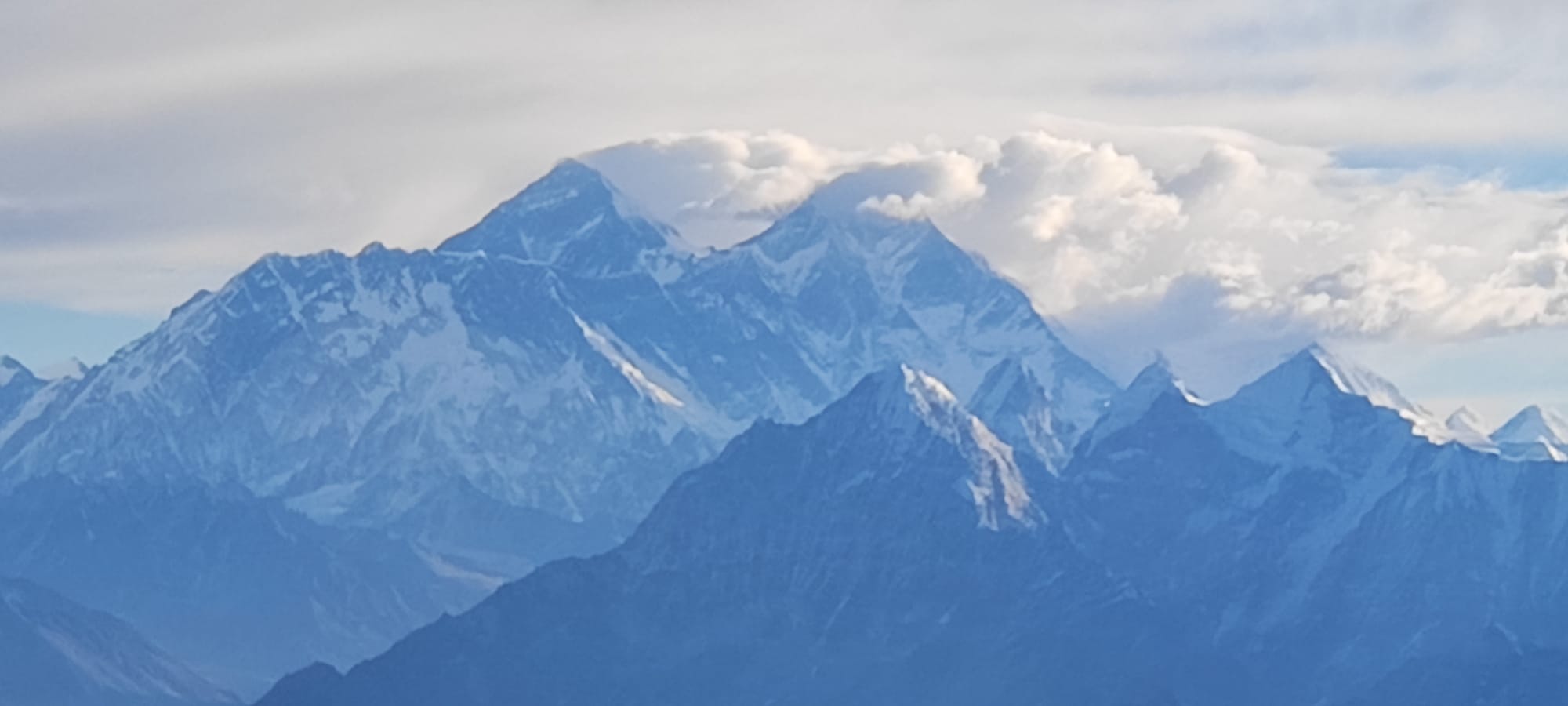

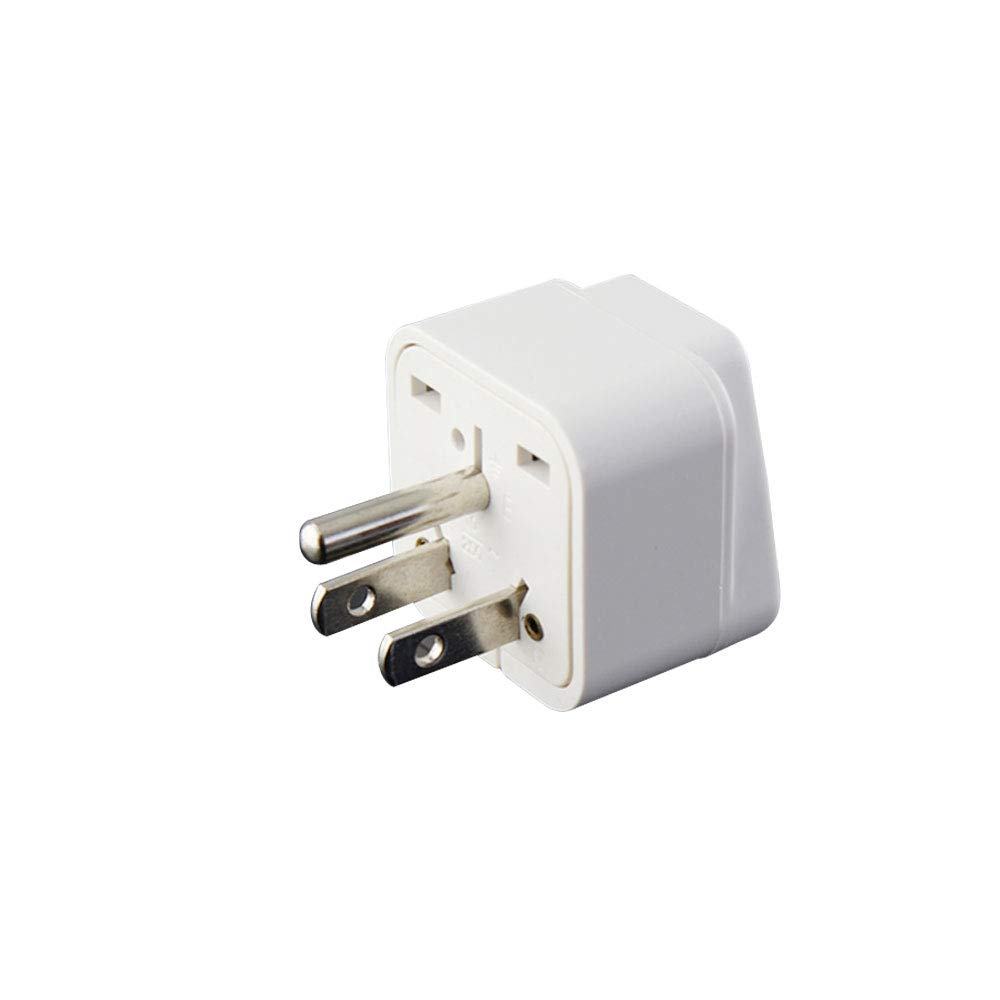
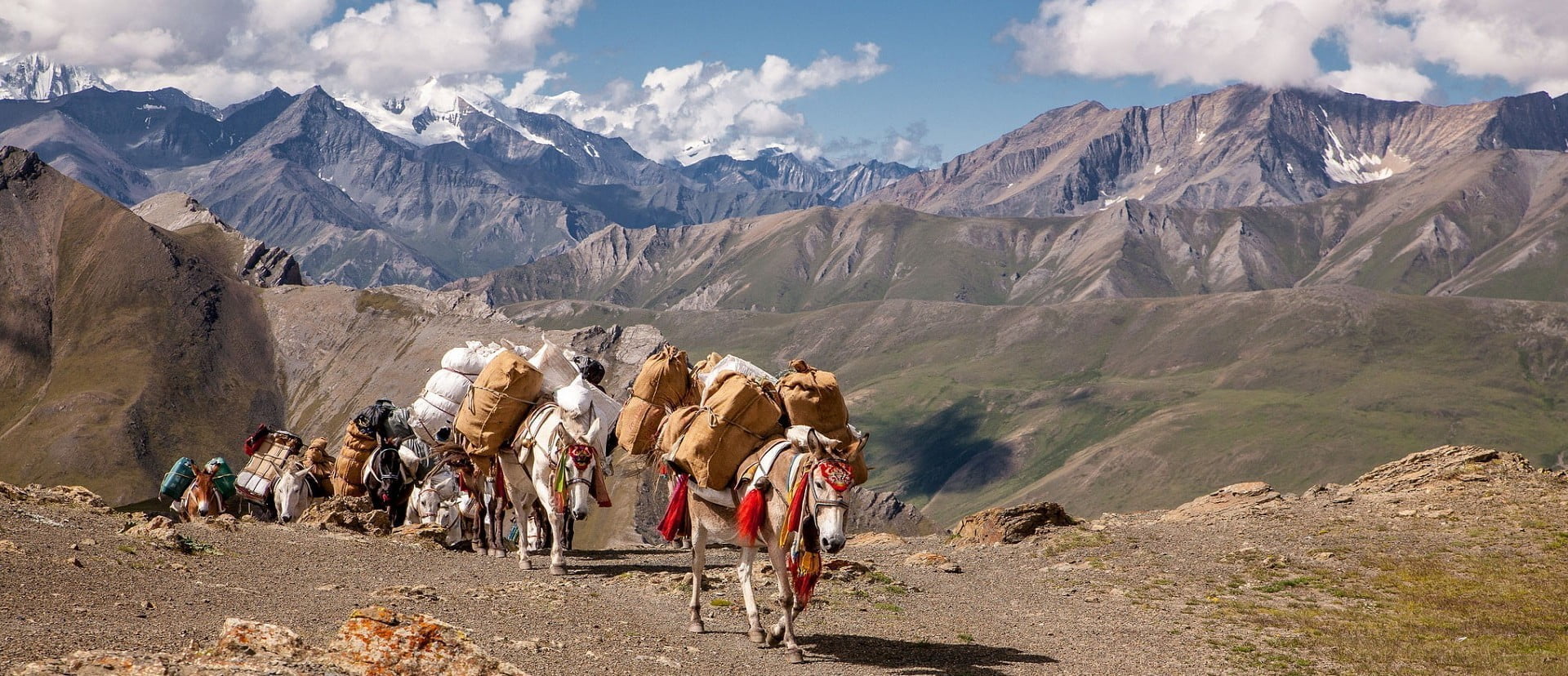
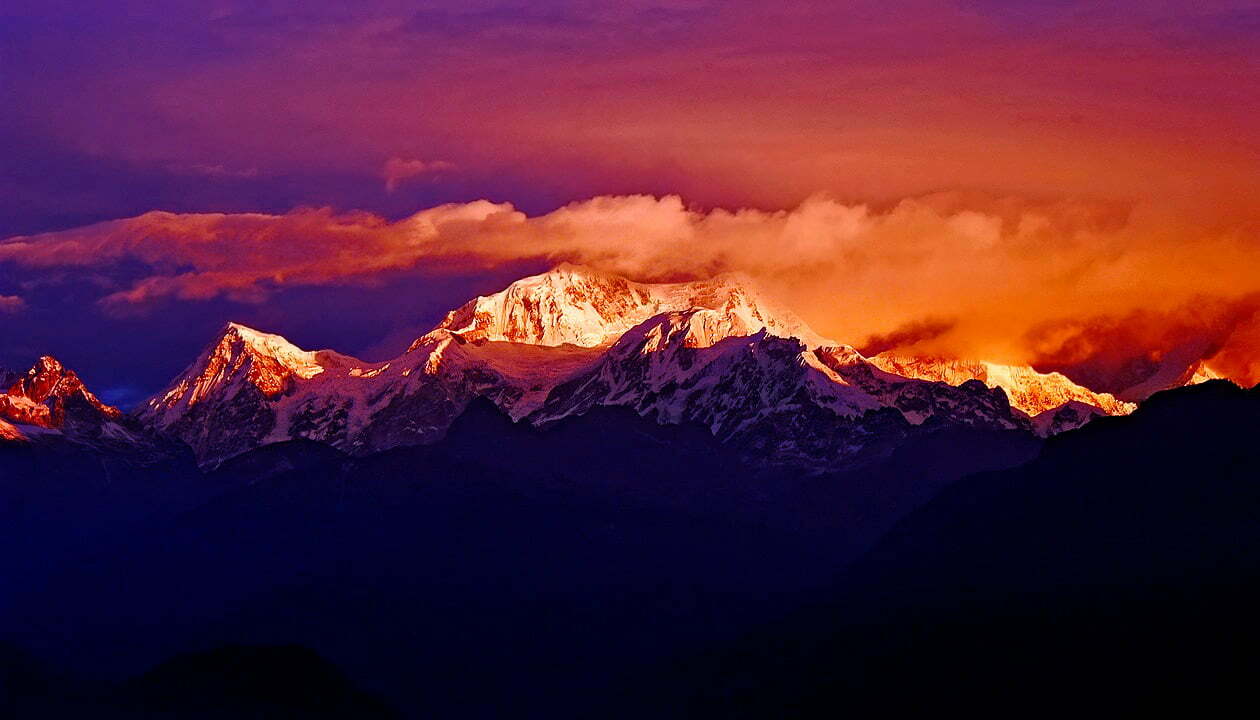
Write a Review